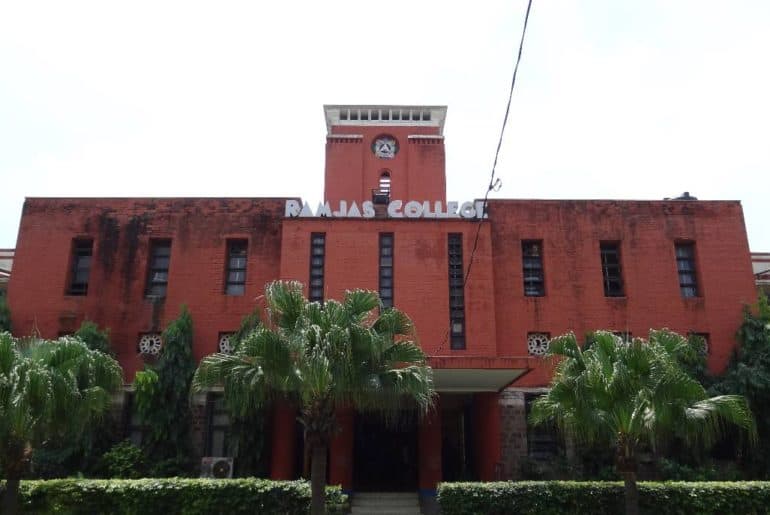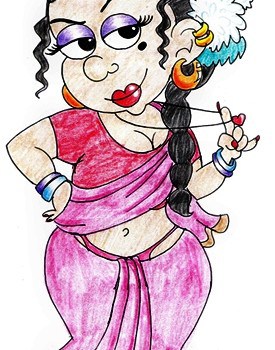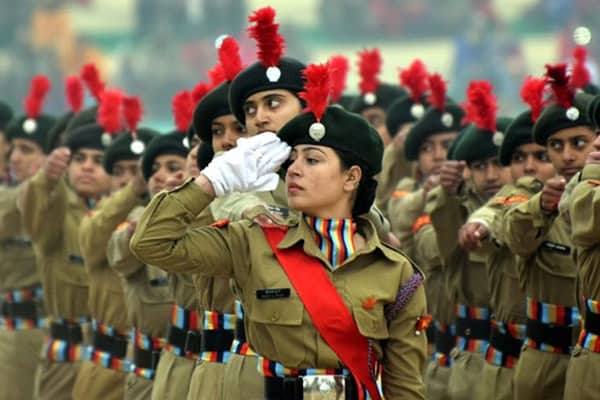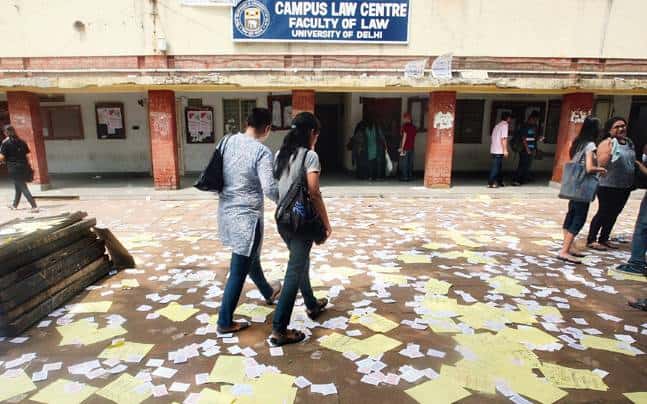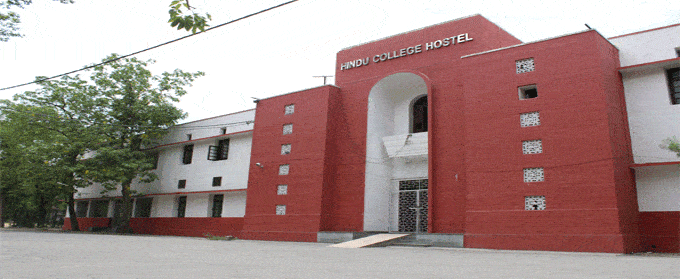Studying at Delhi University is a dream for every Indian student.
Students from all parts of the country come together to spend some of the best years of their lives together, meet new people, and gain new-fangled experiences. While stepping out of the protected environment of your house brings a large number of perks, it brings with itself a plethora of problems too. Here are a few issues that every outstation student can relate to:
Home sickness
Nobody is the tough guy they imagined themselves to be. Yes, it is emotionally frustrating and sad to be away from home. This feeling escalates especially when you are sick and have no one to look after you. You may get an excellent friend circle to have all the fun with, but you wouldn’t be a part of the Sunday family dinners or your dog’s birthday celebration. Being away from family will always create a void that can’t be filled by anyone else.
The Real Homesickness: Awful food
The homesickness gets real when you eat your hostel/flat/PG food. No matter how fancy or exorbitantly priced your accommodation is, the milk will always going to be diluted and you will always breathe a sigh of sadness after looking at your dinner sabzi. This crisis may cause you to put your cooking and culinary skills to test. Time and again, you would come with ideas of opening a start-up to relieve your fellow comrades of this suffering.
Above all, you realise how good a cook your mom is.
Being perpetually broke
The cash always seems enough in the beginning of the month but you can never figure out where it all went in between. You realise what a brat you are, when after fulfilling the cost of your monthly basic necessities, you barely make both ends meet. Now your favourite biscuit packet which you wolfed down ungratefully at home is actually a fetched luxury! Nevertheless, this perpetual state of being broke will end up improving your bargaining skills. Being away from home, you learn the value of each hard-earned penny.
Sharing accommodations
Once upon a time, we all thought sharing rooms with our friends would be so cool. But, we never thought how overwhelming it could be. All the fights regarding splitting bills, AC temperatures, maintaining silence and sharing washrooms can get to you pretty quick, especially if you don’t have patience. Words like privacy and personal space seize to exist and all you crave for is a moment all by yourself in your room.
Trying to fit in
Every new small town student trying to adjust in the big metropolitan city knows how hostile Delhi can be sometimes. The commotion of vehicles, congested roads, travel time, and pollution levels are much worse in comparison to home. There is a constant fear of mispronouncing words, thanks to the accent your local language gave you, and not being aptly dressed according to the fashionable Delhiites. While this complex does surface time and again, you gradually realise your peers are more accepting and open than you thought them to be, and so is the cosmopolitan city of Delhi which will become your second home in no time.
Feature Image Credits: Rishabh Gogoi for DU Beat.
Bhavika Behal
[email protected]




